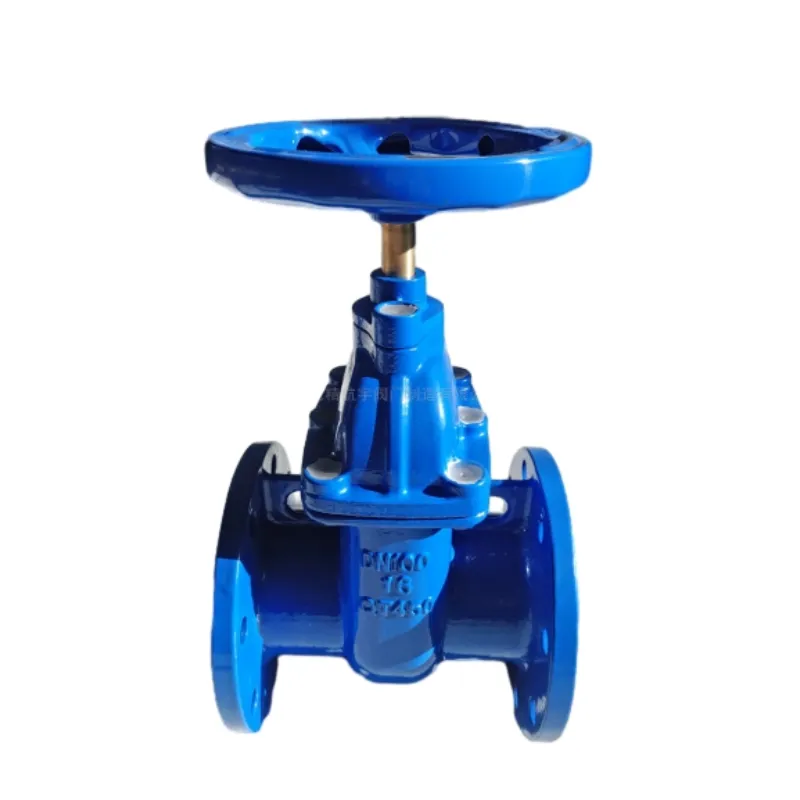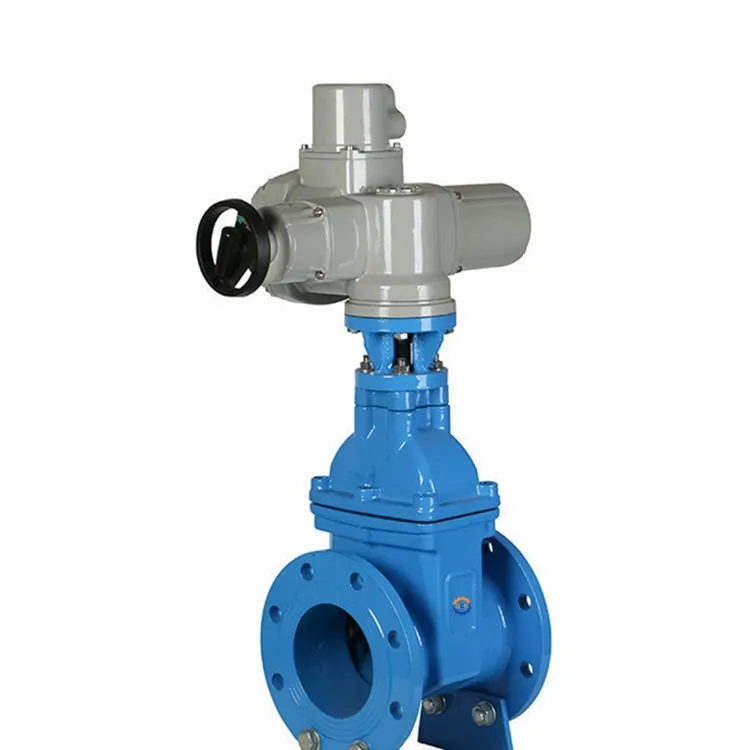Aug . 12, 2024 22:26 Back to list
Exploring the Impact of Micrometer Precision on Measurement Accuracy and Scientific Applications
The Precision of Micrometers A Fundamental Tool in Measurement
In the realm of precision engineering and manufacturing, accurate measurement is paramount. Among the various tools that have been developed to achieve this accuracy, the micrometer stands out as one of the most essential. The micrometer, particularly the screw micrometer, is celebrated for its ability to measure small dimensions with remarkable precision, often to a thousandth of a millimeter. This article delves into the design, working principle, and applications of micrometers, highlighting their indispensable role in various fields.
Design and Components
A typical micrometer consists of a calibrated screw, a frame, a measuring spindle, and a thimble. The frame provides the structural support, while the measuring spindle and anvil form the measurement points. The screw mechanism is the heart of the micrometer, enabling precise movements as the thimble is rotated, the spindle advances towards the anvil, allowing the operator to measure the thickness of an object.
The precision of a micrometer is largely attributed to its screw mechanism, which uses a finely threaded screw to convert rotational movement into linear displacement. Most micrometers have a standard pitch of 0.5 mm, meaning that a full rotation of the thimble moves the spindle 0.5 mm toward the anvil. Additionally, the thimble is usually equipped with a scale that allows for further subdivision of the movement, commonly allowing readings to a resolution of 0.01 mm or even 0.001 mm, depending on the model.
Working Principle
To use a micrometer, the object to be measured is placed between the spindle and anvil, and the thimble is rotated until there is a gentle contact with the object. The user then reads the measurement from the scale on the thimble and the main scale, providing an accurate dimension of the object being measured. This direct reading method contributes significantly to the micrometer’s precision, minimizing the errors that can occur in less sophisticated measuring tools.
the precision of micrometer

One key advantage of micrometers is their ability to provide repeatable measurements. When used correctly, the micrometer can yield consistent results, crucial in manufacturing where tolerance levels can be critical. The precision of micrometers makes them invaluable in fields such as mechanical engineering, metallurgy, and electronics, where even the smallest deviation from specifications can lead to significant issues.
Applications
The applications of micrometers span various industries. In the mechanical engineering realm, they are used to measure the thickness of components, diameters of shafts, and even the pitch of threaded parts. In manufacturing settings, micrometers ensure that products adhere to exact specifications, thus maintaining quality control.
In the laboratory, micrometers are essential for various research activities, including material science, where measuring the dimensions of samples is crucial for understanding their properties. Furthermore, in the electronics industry, micrometers are used to measure component sizes, ensuring that parts fit together with precision, which is essential for device functionality.
Conclusion
The precision of micrometers is a testament to the advancements in measurement technology. With a simple yet effective design, they have become fundamental tools that allow engineers and manufacturers to measure dimensions accurately. Their capacity for repeatability and precision makes them an indispensable asset in various fields, ensuring that quality and standards are met. As technology continues to evolve, micrometers will likely adapt, but their fundamental role in precision measurement will undoubtedly remain. Thus, understanding and utilizing micrometers is essential for anyone involved in design, engineering, or manufacturing processes where accuracy is critical.
-
Storaen joins hands with a famous university to open a new chapter of innovation through industry-university-research cooperation.NewsApr.14,2025
-
The World of Levels: Your Ultimate Guide to Precision ToolsNewsApr.14,2025
-
The Ultimate Guide to Using a Spirit LevelNewsApr.14,2025
-
The Perfect Welded Steel Workbench for Your NeedsNewsApr.14,2025
-
The Best Measuring Tools for SaleNewsApr.14,2025
-
The Benefits of Slow Closing Check ValvesNewsApr.14,2025
Related PRODUCTS









